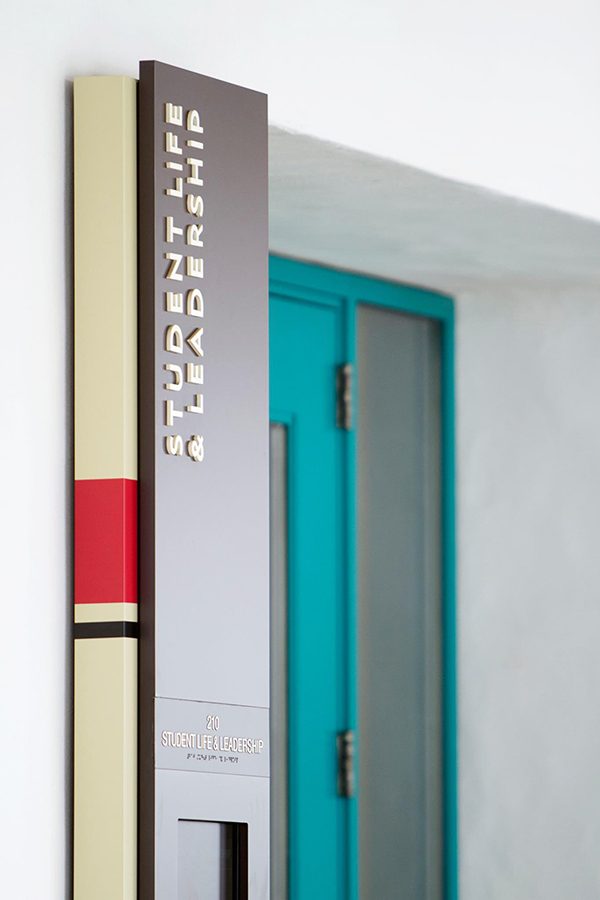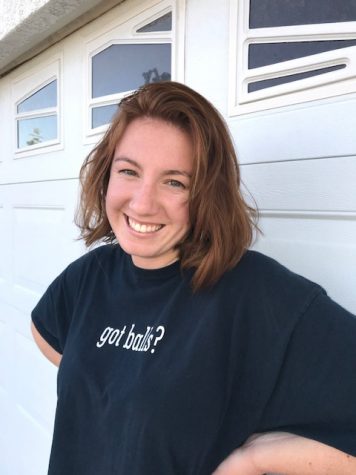Student Life and Leadership at San Diego State has announced the development of a new Event Application System for clubs to use for tabling and hosting events, updating the old process.
Assistant Director of Student Life and Leadership for Student Organizations and Activities Kevin Araujo-Lipine said the updates have been discussed for a couple years.
“The process was actually a few years in the making,” Araujo-Lipine said. “Talk of changing the EAS began in 2016 because there was an increased demand for student events on campus and space for events on campus.”
Araujo-Lipine said the main issue with the old EAS system was the timeframe required when planning events. Previously, the EAS required a notice three weeks in advance, which was not practical for all events.
“The three weeks in advance system wasn’t setting students up for success with their events,” Araujo-Lipine said. “The one-size-fits-all model required all events to be planned three weeks in advance, no matter how small or large the events were.”
The updated EAS system catorigarizes events in four tiers based on the components of each event. Each tier has different qualifications, such as the time period, in which each event needs to be requested, and how many forms go along with each event.
Nikoslette Mazzuola, president of the American Society of Civil Engineers, said the new EAS has allowed the ASCE to plan better for their upcoming events.
“I would say the good thing about it is you know how far in advance to submit for an event,” Mazzuola said. “I think it is helpful because a lot of events we host are time sensitive.”
Mazzuola said it is important for the ASCE to be able to host their events since the club offers a lot of hands-on experience for students pursuing civil, environmental and constructional engineering.
“Basically ASCE gives civil, environmental and construction engineers the hands-on experience the industry is looking for,” Mazzuola said. “The club does projects for experience, for example, building a bridge, building a concrete canoe and building forms of transportation. We annually compete at the Pacific Southwest Conference against 21 other universities.”
The President of Weber Honors College Student Society, Kylie Ruff, said some difficulties still remained in the process of organizing events through the system.
“There’s a lot of forms you have to fill out after you initially submit the EAS,” Ruff said. “There’s food forms, waivers if people are going to be doing activities or if there’s going to be face painting or stuff like that, you have to fill out all these different forms.”
Another issue Ruff has faced is the limited access to the EAS. A maximum of five executives to have access to the program, but Ruff said the Weber Honors College Student Society has more than five members on the executive board — therefore, more than five people need access to the EAS. This limit requires Ruff to replace members who have access when needed.
“That was the initial problem, there’s more than five officers on the executive board and they only let five people be the main officers for use the EAS form,” Ruff said.
Ruff said it is important for the student society to be able to plan events since their main purpose is to bring together the students of the Weber Honors College and make them feel welcome at San Diego State.
“We basically are supposed to help students connect with one another and build a community of Honors College students and then help them feel like SDSU is their home,” Ruff said.









